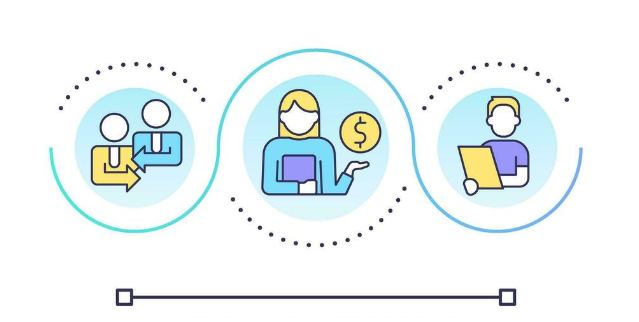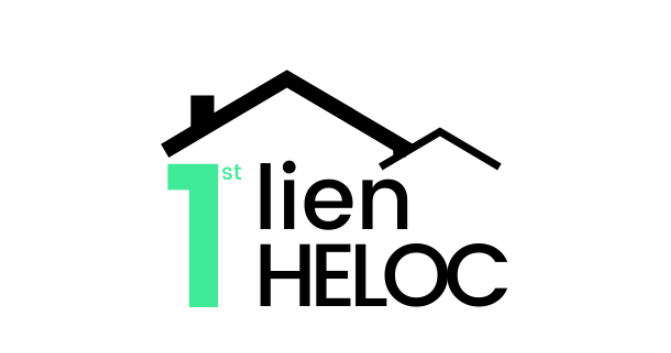
Understanding the difference between assets and liabilities is fundamental to managing your finances, building wealth, and ensuring financial stability.
Whether you’re managing personal finances, running a business, or investing, knowing how assets and liabilities interact can significantly impact your net worth and financial health.
In this blog, we’ll provide a modern definition of assets and liabilities and explore their importance in your financial life.
What Are Assets?

In the simplest terms, assets are anything of value that you own, which can generate income or appreciate over time.
They contribute positively to your net worth and can be liquidated (converted to cash) if necessary. Assets can be divided into several categories based on their nature and liquidity.
Types of Assets:
- Current Assets: These are assets that can be easily converted to cash within a year. For individuals, these include savings accounts and cash on hand. For businesses, this might include accounts receivable, inventory, and marketable securities.
- Fixed Assets: Also known as non-current or long-term assets, these are investments or property that take longer to convert into cash. Examples include real estate, vehicles, machinery, and long-term investments.
- Intangible Assets: These assets do not have physical substance but hold significant value. Intellectual property, brand value, patents, and goodwill are examples. In the business world, intangible assets can be crucial in generating revenue and maintaining a competitive edge【Source: Investopedia】.
- Appreciating Assets: These are assets that increase in value over time, such as real estate or certain stocks. These assets are particularly attractive for long-term wealth-building strategies because they have the potential to grow your net worth significantly【Source: Forbes】.
Why Assets Matter:
Assets are essential because they provide financial stability and potential income.
For individuals, owning assets such as a home, retirement accounts, and investments can provide security during retirement or emergencies.
For businesses, assets are the backbone of operations, helping them expand, generate revenue, and meet financial obligations.
What Are Liabilities?

Liabilities are the opposite of assets. They represent what you owe—debts, obligations, and payments you’re responsible for in the future. Unlike assets, liabilities reduce your net worth and, if mismanaged, can lead to financial instability.
Types of Liabilities:
- Current Liabilities: These are short-term debts or obligations that need to be paid within a year. Examples include credit card debt, utility bills, and short-term loans. For businesses, this might also include accounts payable and taxes owed【Source: The Balance】.
- Long-term Liabilities: These are debts or obligations that are due after one year. Mortgages, student loans, and long-term business loans fall into this category. Managing long-term liabilities is critical for both individuals and businesses to maintain financial health over time.
- Contingent Liabilities: These liabilities depend on certain events occurring in the future. For example, if a business is involved in a lawsuit, it might only have to pay if the court rules against it. In personal finance, cosigning a loan could be considered a contingent liability since you are responsible for the debt only if the primary borrower defaults【Source: AccountingTools】.
Why Liabilities Matter:
Liabilities represent financial obligations, and managing them effectively is essential for long-term financial health.
For individuals, liabilities like credit card debt and mortgages need to be managed carefully to avoid excessive interest and fees.
For businesses, leveraging liabilities to finance expansion is common, but too much debt can hinder growth and lead to financial difficulties.
That is why budgeting is a crucial aspect in the field of finance. If you want to learn more about budgeting, click here!
Key Differences Between Assets and Liabilities

Impact on Net Worth:
- Assets add to your net worth by contributing value, either through ownership or income generation. For example, if you own a home worth $300,000, that amount adds to your net worth.
- Liabilities subtract from your net worth by representing debts you owe. If you have a mortgage of $200,000, it decreases your net worth.
Cash Flow Impact:
- Assets can generate positive cash flow, either through income (e.g., dividends from stocks, rental income from real estate) or by being liquidated into cash.
- Liabilities create negative cash flow because you need to make payments over time (e.g., loan repayments, interest payments)【Source: NerdWallet】.
Balancing Assets and Liabilities for Financial Success
Maintaining a healthy balance between your assets and liabilities is key to achieving financial success. Here are some steps to help you manage them effectively:
1. Increase Your Assets:
Focus on acquiring assets that appreciate over time, such as real estate, stocks, or retirement accounts.
For individuals, this could mean investing in long-term growth vehicles or building up savings in liquid assets.
For businesses, it could mean investing in new technology, intellectual property, or other revenue-generating assets.
2. Minimize Your Liabilities:
Manage debt carefully. For individuals, this means paying off high-interest credit cards or student loans as quickly as possible.
For businesses, this could mean keeping borrowing within reasonable limits and ensuring that loans are being used to finance growth that will eventually increase profitability.
3. Monitor Your Net Worth:
Your net worth is the difference between your assets and liabilities. Regularly monitoring this metric helps ensure that your financial situation is improving over time.
Tools like personal finance apps or business accounting software can help you track your assets, liabilities, and net worth in real-time【Source: Forbes】.
Assets and Liabilities in Today’s Financial World

In today’s complex financial landscape, understanding the difference between assets and liabilities is more important than ever.
While assets help build wealth and provide financial stability, liabilities, if not managed carefully, can erode your wealth over time.
The key to financial success is to increase your assets while minimizing liabilities, ensuring that your net worth grows steadily.

Ready to manage your assets and liabilities more effectively?
Use the First Lien HELOC Calculator to explore how you can leverage your home equity to increase your assets and improve your financial future.

